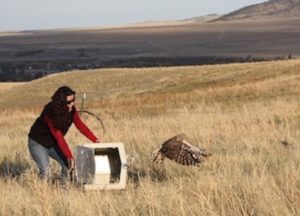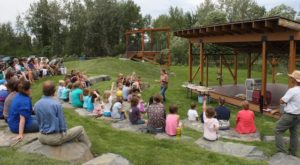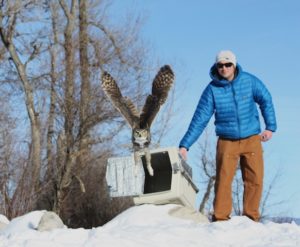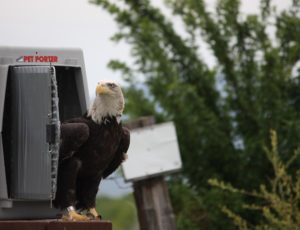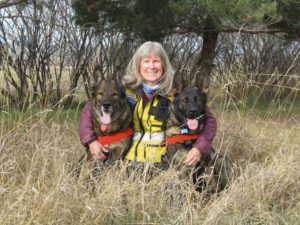 When she received the phone call, Colette Daigle-Berg felt her heart sink. A 4-year-old girl was missing. She had been abducted from Wolf Point, a community of about 2,850 in Northeast Montana. As members of the volunteer organization Western Montana Search Dogs, Colette and her dog Chapter were being asked to assist in the search for the child.
When she received the phone call, Colette Daigle-Berg felt her heart sink. A 4-year-old girl was missing. She had been abducted from Wolf Point, a community of about 2,850 in Northeast Montana. As members of the volunteer organization Western Montana Search Dogs, Colette and her dog Chapter were being asked to assist in the search for the child.
“She was abducted on a Friday, and we got the call on Saturday night,” recalls Colette, whose team is based in Gallatin County. “We left late Saturday, and arrived on Sunday morning. By then, they had found her shoes, and we were worried that it wouldn’t turn out well.”
A suspect had been arrested on Saturday, and by Sunday morning he finally agreed to direct authorities to a remote cluster of buildings on the outside of town. Working in tandem with Chapter, Colette managed to find the girl, hiding beneath a blanket, alive and well.
“It was so thrilling to find that little girl alive,” Colette says with excitement in her voice. “That was the most amazing experience.”
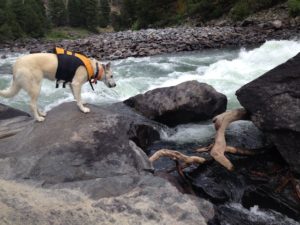 “Amazing” is a word that can easily be used to describe the abilities of the Search Dogs, whose duties range from finding missing hikers to avalanche victims. As was the case with the girl in Wolf Point, many of the stories have happy endings. In other cases, such as drownings or backcountry suicides, the search teams must take solace in bringing a small measure of closure to grieving families.
“Amazing” is a word that can easily be used to describe the abilities of the Search Dogs, whose duties range from finding missing hikers to avalanche victims. As was the case with the girl in Wolf Point, many of the stories have happy endings. In other cases, such as drownings or backcountry suicides, the search teams must take solace in bringing a small measure of closure to grieving families.
“They are extremely valuable to our Search and Rescue efforts,” Park County Sheriff Scott Hamilton says of WMSD. “We have a lot of rugged country, and the dogs are especially good getting through that kind of terrain. There are a lot of situations where I don’t know how we could get it done without them.”
WMSD is an independent, all-volunteer organization dedicated to serving the public. Team members personally purchase their own dogs, dog food, reward toys and other items. Wellness care, vaccines and the majority of vet bills are paid for by members, who also cover travel costs for most of their training events and some searches.
“They’re just dedicated to helping people,” Sheriff Hamilton said.
“We do it to bring joy to families when we find a lost child alive,” says Colette, who also is a member of Park County Search and Rescue. “We do it to bring  closure to families who have lost loves ones. We look forward to opportunities to respond.”
closure to families who have lost loves ones. We look forward to opportunities to respond.”
To Colette, the real heroes are the dogs, who spend their lives in ongoing training, constantly refining skill sets and learning new ones. The teams hold certifications in disciplines such as Tracking/Trailing, Air-Scent (large area search), Human Remains Detection, Water Recovery (both from the shore and from boats), Avalanche, Evidence Detection, and Building Search. Most teams certify in at least one or two disciplines by age two. They must re-certify in each discipline every two years.
“We continually marvel at the remarkable capacity of our canine partners,” she said. “They are always ready to go to work, and they are absolutely amazing at what they do.”
Donations can be sent to Western Montana Search Dogs, P.O. Box 4505, Bozeman, MT 5977s. For more information on WMSD, please access their website at westernmontanasearchdogs.org or you can visit them on Facebook.

